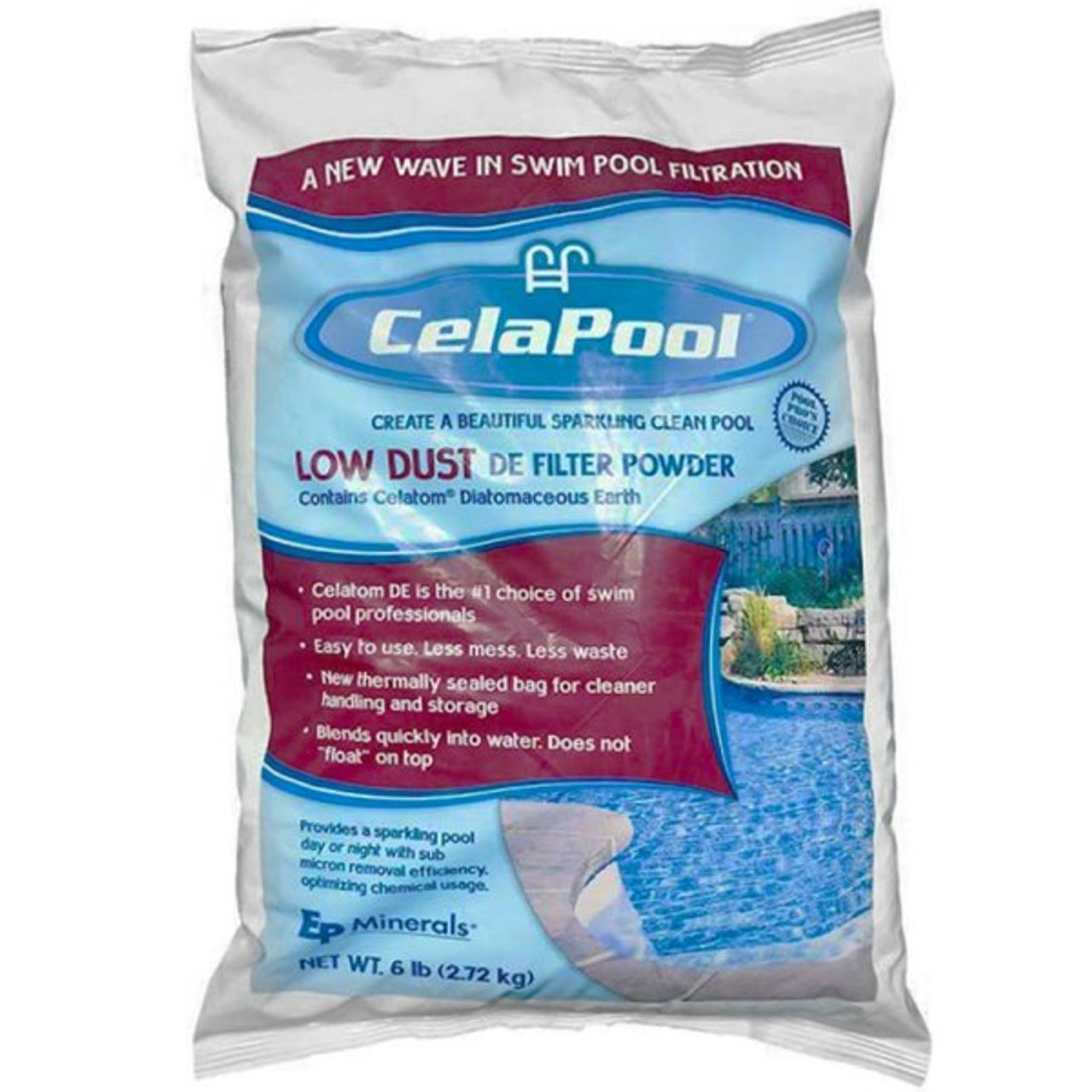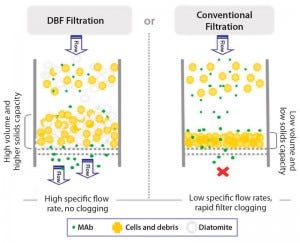Diatomaceous Earth Filtering for Aquariums: A Natural Filtration Solution
Diatomaceous Earth Filtering for Aquariums: A Natural Filtration Solution
Blog Article
Unlocking the Perks of Diatomaceous Earth Filtering System for Clean and pure Water
The exploration of diatomaceous earth (DE) filtering provides an engaging choice for those looking for efficient and lasting water filtration techniques. As the need for tidy water proceeds to climb globally, comprehending the multifaceted applications and advantages of DE filters may reveal vital insights for both house and commercial use.
What Is Diatomaceous Planet?
Diatomaceous planet, usually described as DE, is a naturally occurring stratified rock made up mainly of the fossilized remains of tiny, water organisms referred to as diatoms. These single-celled algae are rich in silica, which is the main element of DE. The distinct structure of diatomaceous planet includes tiny, permeable particles that supply a high surface area, making it a reliable filtering system medium.
DE is typically harvested from ancient lake beds and deposits, which have accumulated over thousands of years. It looks like a penalty, white to off-white powder, and its chemical structure mainly consists of silicon dioxide, together with trace quantities of numerous minerals. This make-up is what gives DE its exceptional residential properties.
Along with its application in water filtering, diatomaceous earth is utilized in a range of industries, including agriculture, food storage, and insect control. Its capability to take in dampness and its abrasive qualities make it an important source in these fields. In general, diatomaceous planet stands out as an eco friendly alternative for various applications as a result of its natural origin and effectiveness in filtration procedures.

How Diatomaceous Earth Filtering Functions

When water goes through a diatomaceous planet filter, the fine particles are caught in the intricate network of tiny pores. The dimension and shape of these pores are crucial, as they are developed to target certain pollutants while allowing clean water to flow via. As water relocations via the filter medium, the mechanical action of the diatomaceous planet captures larger bits, while smaller sized impurities are taken in or physically blocked.
In addition, the surface given by diatomaceous planet is comprehensive, improving its capability to hold pollutants. This causes a steady build-up of caught bits, which can be regularly eliminated via a backwashing procedure. This technique ensures consistent purification effectiveness and adds to the general performance of preserving pure and clean water.
Advantages Over Standard Filtration
When comparing diatomaceous planet filtering to standard filtration methods, a number of benefits arise that improve water filtration effectiveness. Among the main benefits is the premium filtration capability of diatomaceous earth (DE), which can remove smaller sized fragments and contaminations that traditional filters might miss. The Full Article tiny structure of DE permits it to catch contaminants, including bacteria and protozoa, causing cleaner water.
Furthermore, diatomaceous earth filters tend to have a much longer life expectancy than standard media, lowering the regularity of substitute and upkeep. This durability not only reduces functional prices but additionally reduces waste, adding to more sustainable techniques. DE filters additionally operate at lower stress, which can result in power cost savings in large-scale applications.
One more significant advantage is the convenience of diatomaceous planet. It can be used successfully in different contexts, from local water therapy centers to specialized industrial applications (diatomaceous earth filtering). The all-natural make-up of DE makes it an environment-friendly option, devoid of harmful chemicals and toxins commonly associated with artificial filtration systems
Applications in Household and Industry
Many applications of diatomaceous earth filtering can be discovered in both home and industrial settings, highlighting its adaptability and effectiveness in water filtration. In residential atmospheres, diatomaceous planet (DE) filters are frequently used in swimming pools, properly recording debris and microbes, thus preserving water clearness and hygiene. Additionally, several families make use of DE in home water filtering systems, where it offers to remove pollutants, debris, and dangerous pathogens, making sure risk-free alcohol consumption water.
In industrial applications, diatomaceous earth filtering is essential to various sectors, consisting of food and drink production, drugs, and wastewater therapy. In the food sector, DE is used in the purification of beer and white wine, facilitating the removal of yeast and various other particulates while maintaining the drink's taste account. Moreover, in wastewater therapy centers, DE filters play a vital duty in boosting water top quality by trapping impurities and facilitating the recycling of water resources.
The effectiveness of diatomaceous earth in both house and industrial applications emphasizes its indispensable duty in advertising tidy water accessibility, adding to public health, and sustaining sustainable methods.

Selecting the Right DE Filter
Choosing the appropriate diatomaceous planet (DE) filter is necessary for making certain optimum water purification, whether for industrial or domestic use. diatomaceous earth filtering. The choice of a DE filter relies on a number of important factors, including the particular application, flow price demands, and the wanted level of filtration
First, evaluate the volume of water to be filtered. For household use, smaller filters suffice, while industrial applications might necessitate larger, high-capacity systems. Next, think about the circulation price; it is necessary to pick a filter that can deal with the called for throughput without jeopardizing water high quality.
Furthermore, review the filtration degree; DE filters come in different grades, affecting the from this source removal of pollutants and particulates. Higher-grade filters are perfect for applications needing strict pureness levels.
Last but not least, consider the maintenance requirements and the availability of replacement DE powder. Filters that are much easier to you can check here maintain and have readily offered materials will lower downtime and operational costs. By meticulously thinking about these factors, one can select a DE filter that satisfies particular requirements, making certain the shipment of clean and safe water.
Final Thought
In summary, diatomaceous earth filtering represents a considerable improvement in water filtration technology, offering improved effectiveness and effectiveness in capturing pollutants. Welcoming diatomaceous earth filtering system can lead to improved public wellness results and higher access to tidy water.
The expedition of diatomaceous earth (DE) filtering provides a compelling option for those seeking reliable and lasting water purification approaches.When comparing diatomaceous earth filtering system to standard filtration techniques, a number of benefits emerge that improve water filtration performance.Various applications of diatomaceous earth filtering can be located in both house and commercial settings, highlighting its adaptability and efficiency in water purification. In property settings, diatomaceous planet (DE) filters are commonly employed in swimming pools, successfully capturing particles and bacteria, thereby keeping water quality and health. In wastewater therapy centers, DE filters play a crucial function in improving water top quality by capturing contaminants and assisting in the recycling of water resources.
Report this page